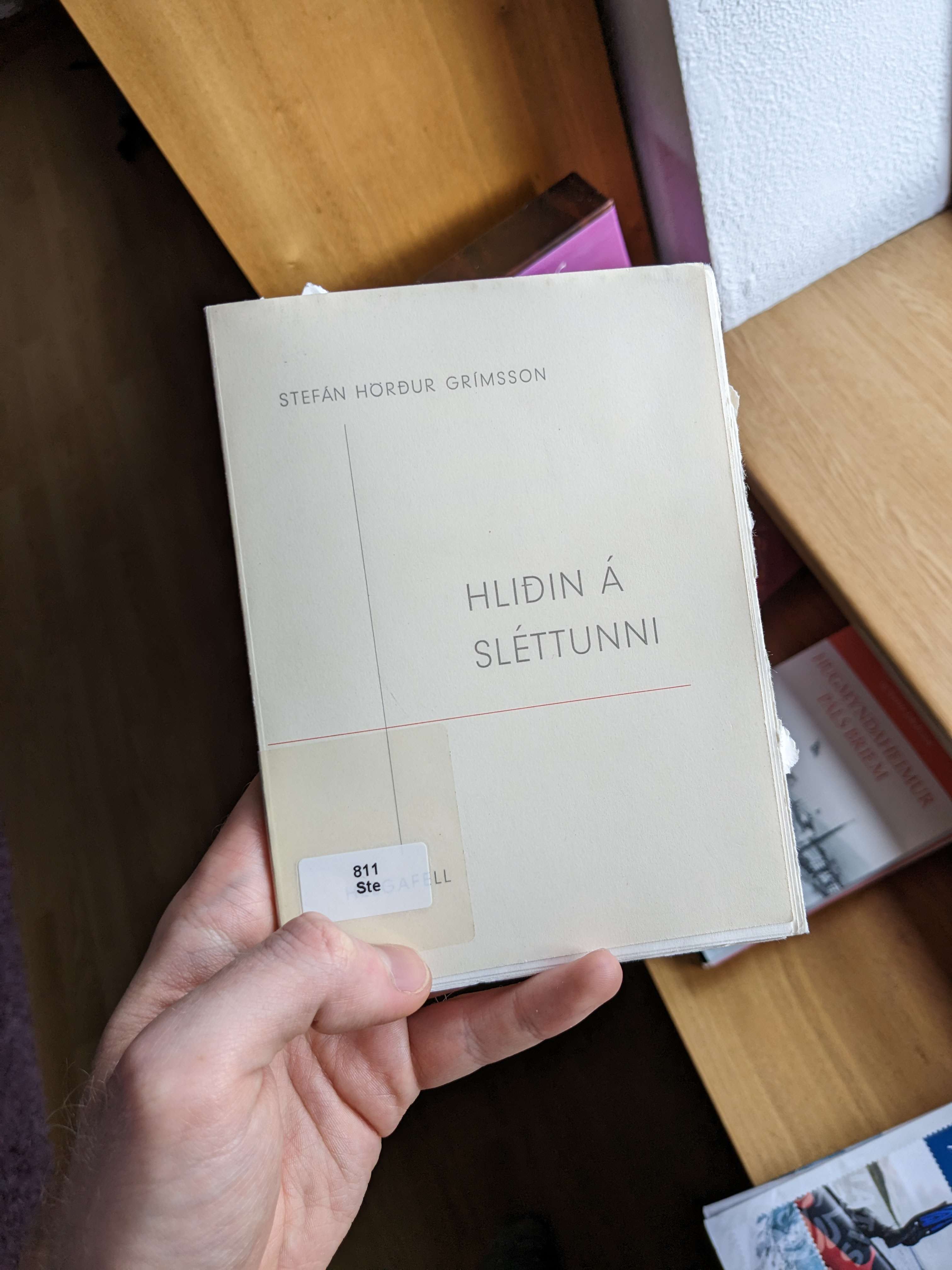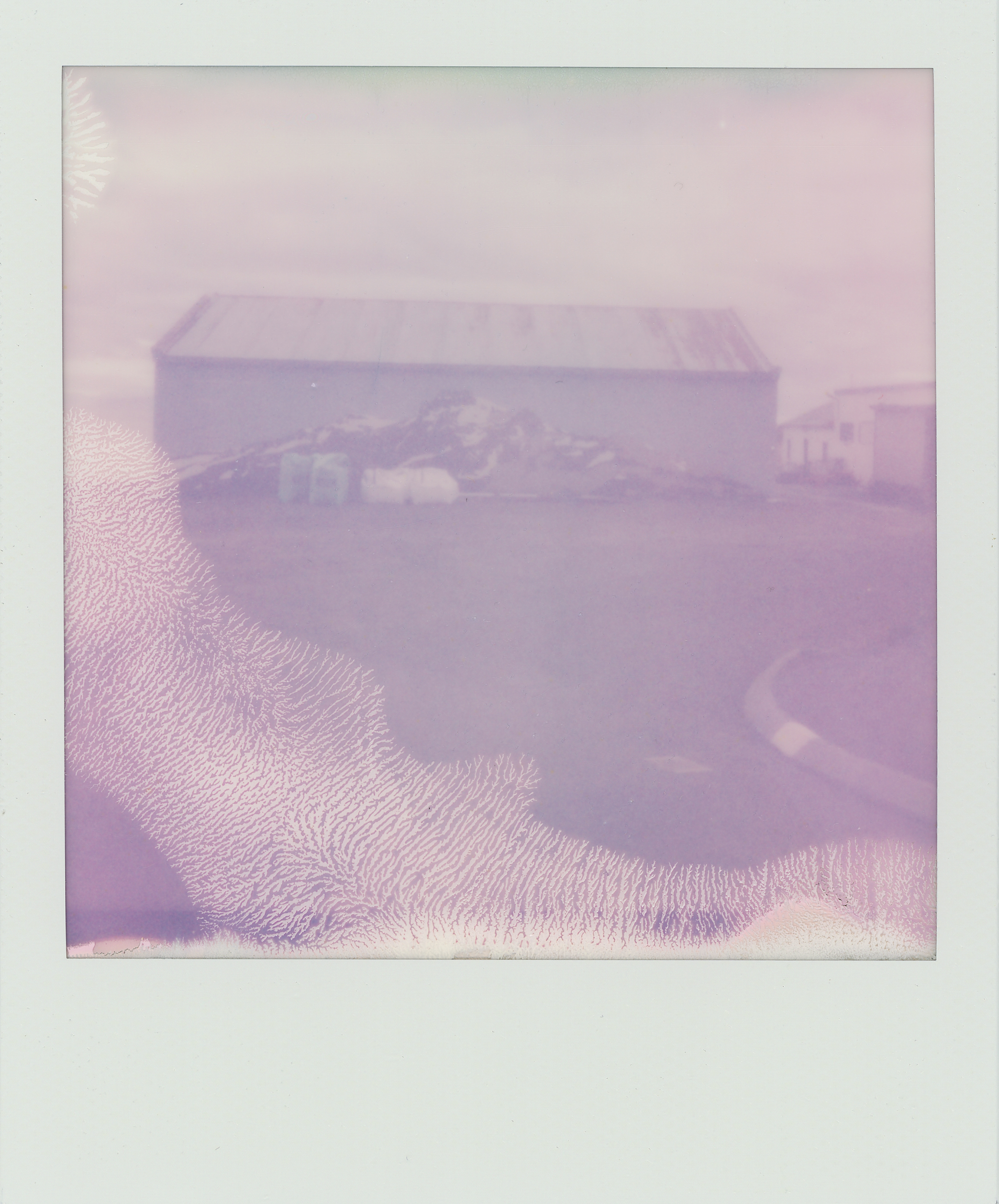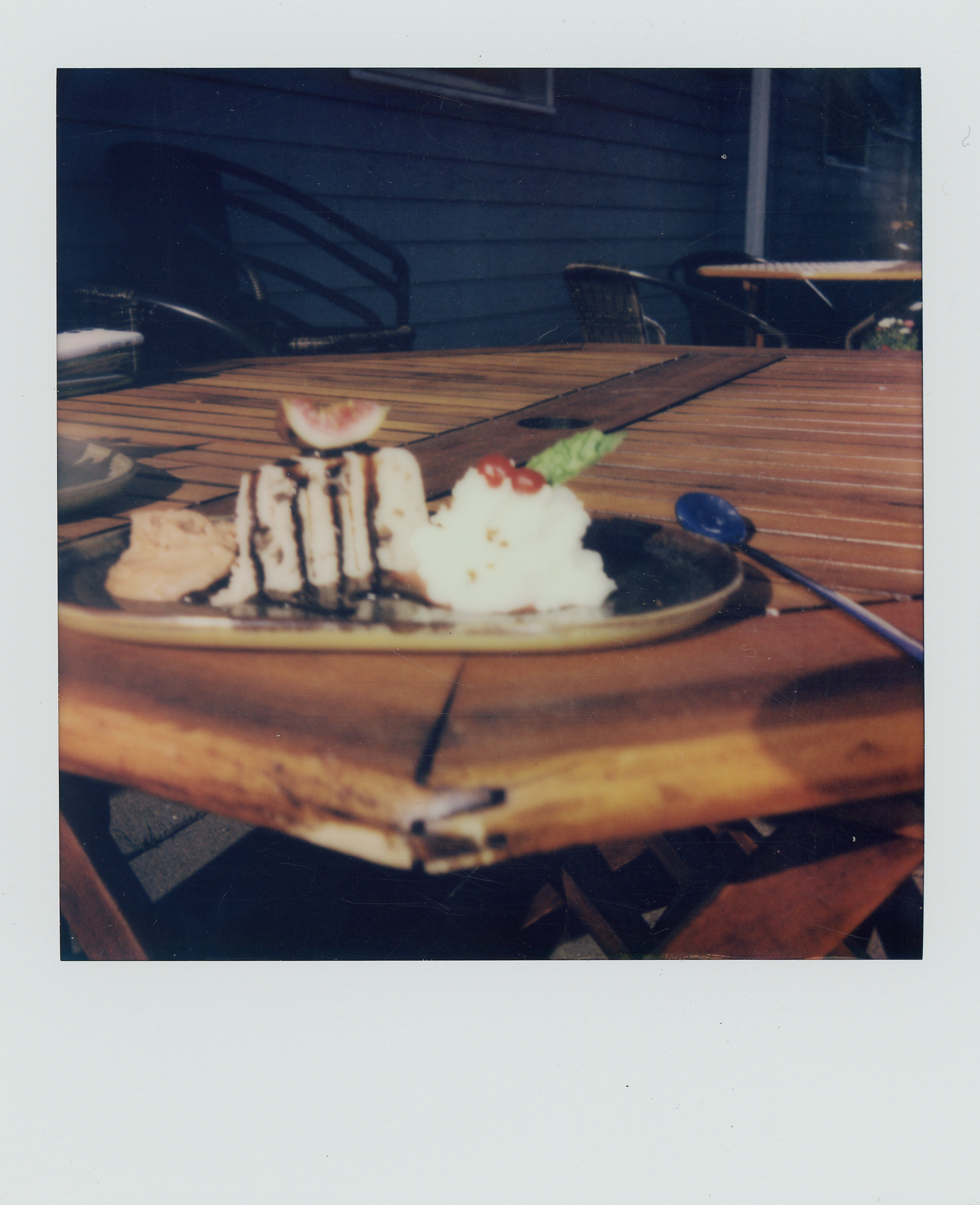ABOUT THIS TRANSLATION
|
|||
| < |
I do not speak Icelandic.
I arrived at the artist residency in Skagaströnd, Iceland, intent on finishing my UFO book. But I also wanted a side project so I could take breaks from my own poems. On my first day at the village’s research library, I plucked a slender volume of poetry at random from the shelves and started working through it word by word.  This translation was performed with a combination of tools: Google Translate, Wiktionary, ChatGPT, various online and print resources, poetic intuition, and the assistance of a few native speakers, who were either intrigued by my project or too polite to turn me down. The village’s archivist, Olí, found my approach a bit odd, jokingly likening it to “starting Mt. Everest at 5,000m.” Fair! I admit a note of contrition on my behalf. Am I allowed to translate a language I don’t know? Translation, after all, is more art than science, especially poetry. Maybe it’s best to think of these poems as cross-cultural, cross-temporal collaborations between Grímsson and I. There was some difficulty. Grímsson invents a lot of weird compound words, and there are certain untranslatable parts. For example, in “Bersalir,” the words “hafáttar” and “hááttar” have double meanings: haughty vs. low demeanor, and high winds vs. sea winds. I settled on “noble and base crosswinds” because it sounded nice and got the image across. This is just one concession of many, both known and invisible to me. I dedicate this little book to Skagaströnd, especially Keith, Haley, and Olí.  ABOUT THE AUTHORStefán Höður Grímsson was born in 1919 and died in 2002. He wrote six books of poetry, Hliðin á Sléttunni being his third. It was published in 1970, 19 years after his second book. He was part of a group called the Atom Poets, a loose constellation of Icelandic modernists that took their name from a novel that was critical of non-traditional poets. The Atom Poets were indeed non-traditional, abandoning classic forms for experimental verse inspired by international currents. Hliðin á Sléttunni is at turns pastoral and surreal, lyrical and metatextual. It’s rooted in the landscapes and myths of Iceland while jolting the reader with sudden shifts of image and perspective, like how an Icelandic rain appears out of nowhere.  ABOUT THE POLAROIDSThe day I landed in Reykjavik, my polaroid camera stopped holding a charge for longer than a minute. The photos herein were created under this limitation, so I couldn’t capture everything I wanted. In the end, taking landscape shots with a broken polaroid feels fitting for these poems, which are filled with seas and mountains rendered through a wracked, unstable lens. |